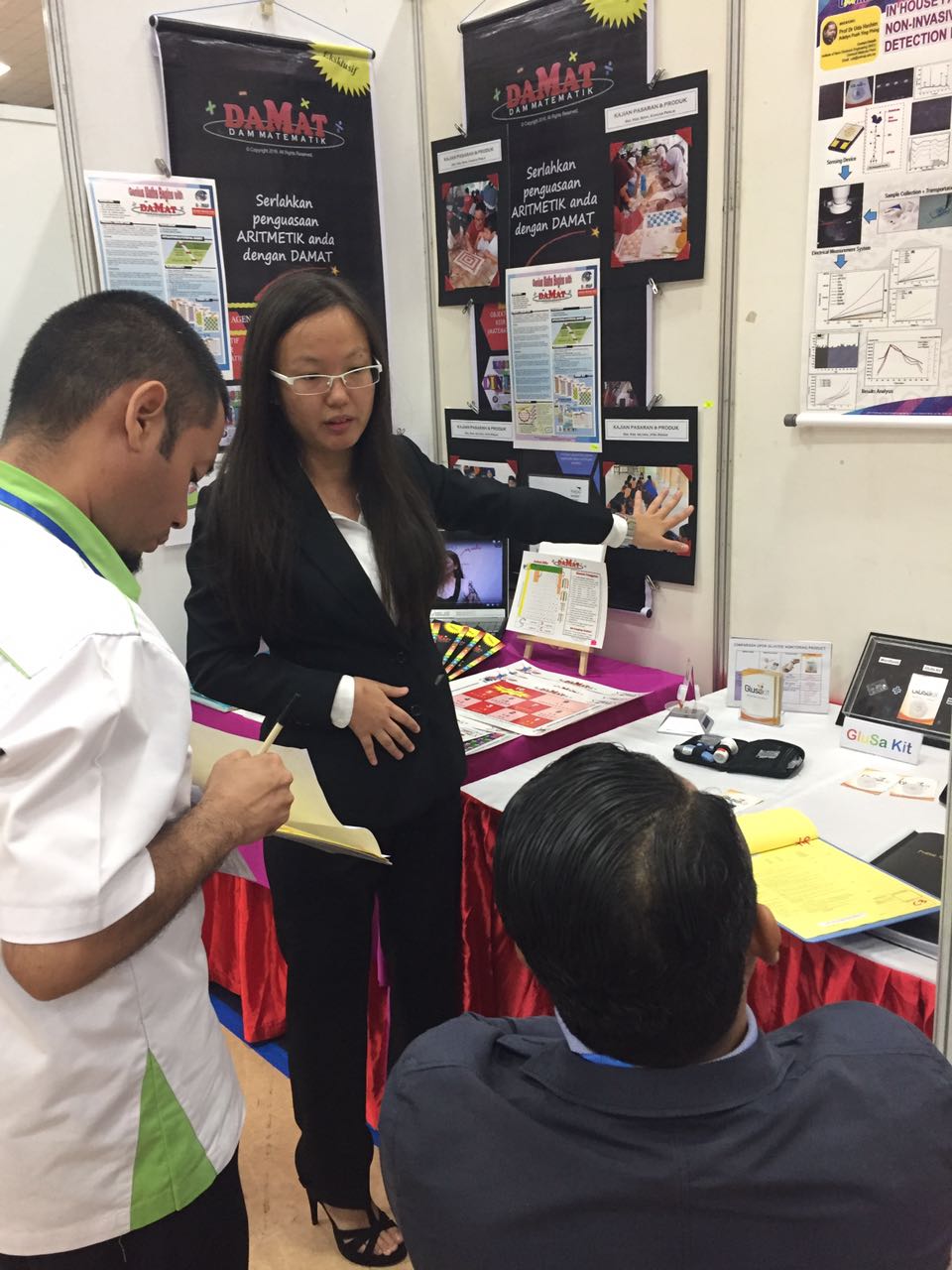



Institute of Nano Electronic Engineering
Universiti Malaysia Perlis
By Editor




By Editor



By Editor
Abstract – Currently, field-effect transistor (FET)-based biosensors have been implemented in several portable sensors with the ultimate application in point-of-care testing (POCT). In this paper, we have designed substrate-gate coupling in FET-based biosensor for the detection of cardiac troponin I (cTnI) biomarker. In the device structure, zinc oxide nanoparticles (ZnO-NPs) thin film were deposited through sol-gel and spin coating techniques on the channel. The p-type silicon was used as a substrate, while ZnO is an n-type nanomaterial, thus creates p-n-p junction between source, channel, and drain. The deposited thin films exhibited hexagonal wurtzite phase of ZnO, suitable for biomolecular interaction as revealed in X-ray diffraction (XRD) analysis. The surface of the thin film was then functionalized with 3-aminopropyltriethoxysilane (APTES), followed by glutaraldehyde (GA) as a bi-functional linker to immobilize the cTnI monoclonal antibody (MAb-cTnI) as bio-receptor for capturing cTnI biomarker and proven by the Fourier transform-infrared (FT-IR) spectra. Lastly, we demonstrated a new strategy, the integration of FET-based biosensors with substrate-gate showed differences between before (immobilization) and after cTnI target biomarker interaction by significant changes in drain current (ID) and change of threshold voltage (VT), which improved the sensitive detection, with the limit of detection down to 3.24 pg/ml.
Keywords – Biosensor, Cardiac troponin I, Electrical-based, Field-effect transistor, Substrate-gate coupling, Zinc oxide nanoparticles
Corresponding Author: Uda Hashim
Corresponding Author’s Email: uda@unimap.edu.my
Full text: PDF
Institute of Nano Electronic Engineering, Universiti Malaysia Perlis
Lot 106, 108 & 110, Blok A, Taman Pertiwi Indah,
Jalan Kangar-Alor Setar, Seriab 01000 Kangar, Perlis, Malaysia
Tel: +604-979 8581 Fax: +604-979 8578 Email: webmaster.inee@unimap.edu.my